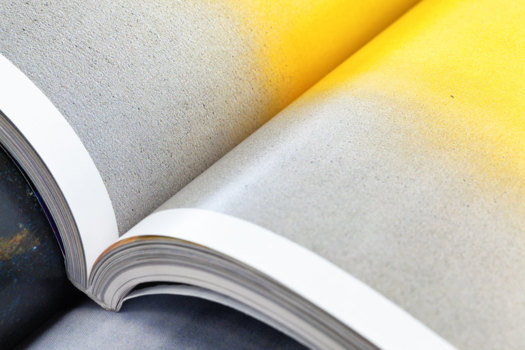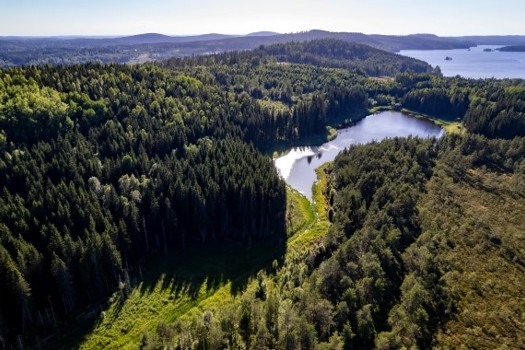Maiman started the endeavour to build a laser in the middle of 1959 and by 16 May 1960 had successfully devised the synthetic ruby laser. Remarkably for vanguard research, the laser worked at the first attempt. His achievement was publicised at a press conference in New York on 7 July.
In typographic composition, the first laser imagesetter appeared prematurely in the form of the Monotype Lasercomp during 1976. It incorporated a helium-neon laser that was deflected across the page by a spinning polygon. At the time the principal output consisted of galleys which constituted an inefficient method of production for the Lasercomp. It excelled on page composition, but electronic make-up and digital graphics lagged behind in the 1970s.
Not until the 1980s did laser imagesetting gain popularity with a succession of machines, notably the Linotronic 300 in 1984 and the Linotronic 100 in 1985. Afterwards a horde of competing manufacturers adopted the technology. Laser imaging was subsequently perpetuated in platesetters, the first surfacing in 1982 as the Eocom, followed by a multitude of emulators.
Overall in the graphic arts, the application of lasers occurred in digital printers, in image scanning, in photogravure cylinder preparation, and elsewhere. The legacy of Maiman is assured.
Lawrence Wallis has held international pre-press marketing positions and is now a respected author and print historian.
Legacy of laser inventor ingrained
With sadness I report the death on 5 May of Theodore Maiman, the inventor of the laser. He was born on 11 July 1927 in Denver, Colorado. After a spell in the Navy, Maiman studied engineering physics at the University of Colorado and then physics at Stanford University. He eschewed an academic career and joined the aerospace firm Hughes Laboratories in California, an enterprise owned by the reclusive and eccentric billionaire Howard Hughes.






